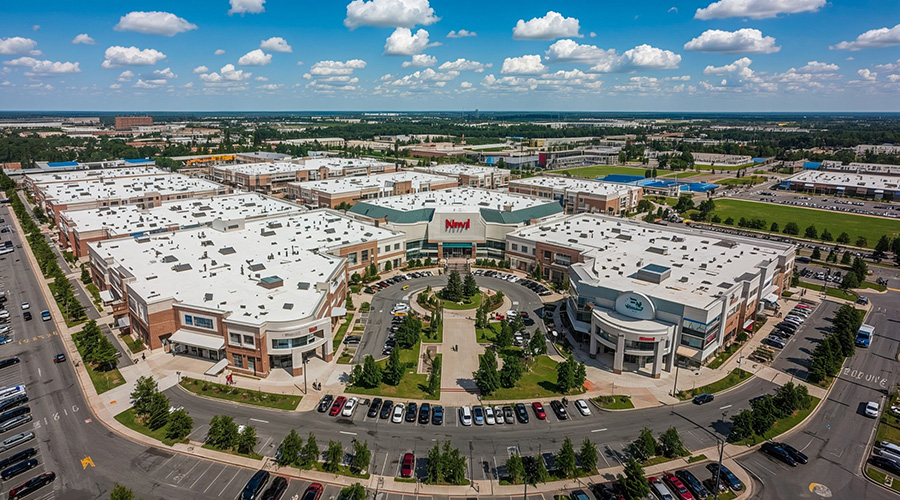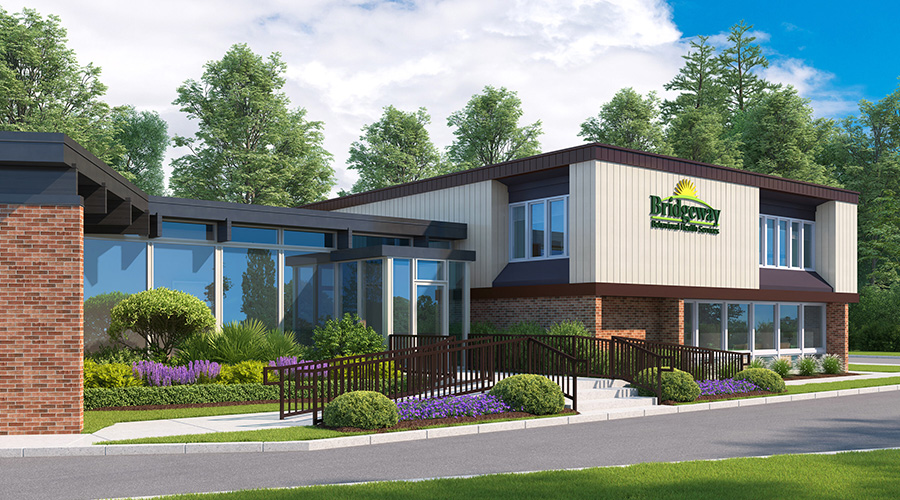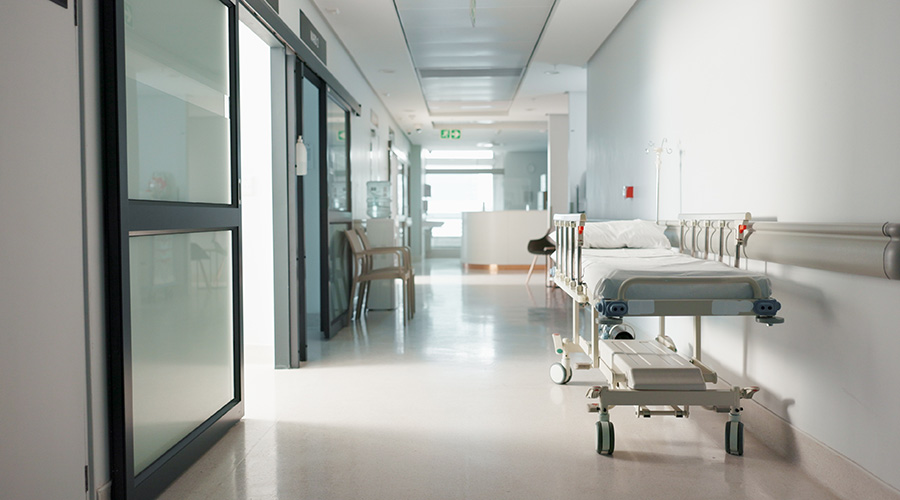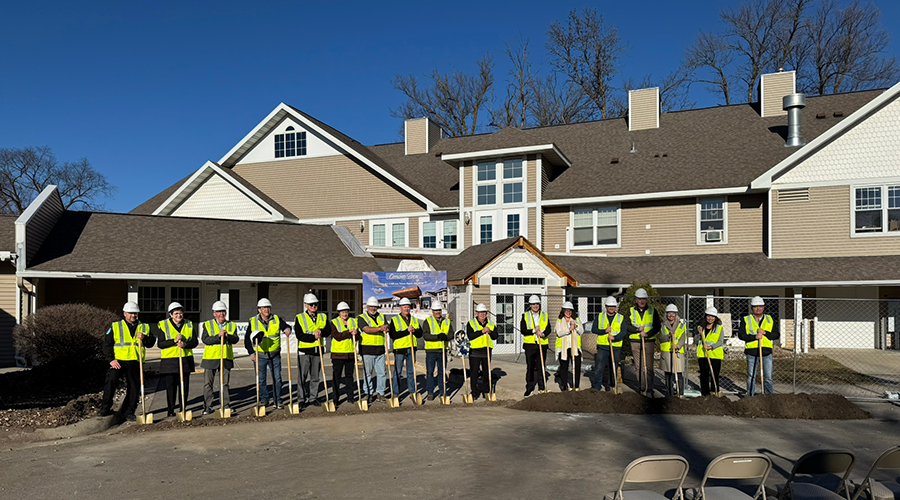The world of healthcare is complex and constantly changing. Outside influences – such as the Affordable Care Act, which reimburses care providers for outcomes instead of services rendered – are upping the ante on the need to increase patient satisfaction and decrease readmissions. The prescription for doing so is more than clinical; facility design plays a vital part, too.
As healthcare facilities strive to create more responsive and needs-specific environments, innovative design techniques and product solutions are increasingly important. By converting traditionally stark, one-dimensional clinical interiors into flexible, positive and aesthetically pleasing spaces, facilities can improve the patient experience, facilitate healing, enhance visitor comfort and heighten staff productivity.
According to the Interior Design 2015-2016 Outlook and State of the Industry report, there are several trends shaping healthcare design, including designing for healthy behaviors – a profound shift within the built environment toward occupant wellbeing. Importantly, it’s not only architecture and furnishings contributing to healthcare facility designers’ ability to create spaces that promote wellness.
In recent years, walls have received renewed attention, recognized for their potential to provide much more than structural support or as a place to hang artwork. Rather, wall designs and solutions are helping transform spaces throughout hospitals, clinics, outpatient centers and other care facilities into centers of collaboration, creativity, productivity and healing – for patients, visitors and caregivers alike.
Specifically, wall designs and solutions advance three key goals of contemporary healthcare facilities.
Best Place to Work
Workplace trends are influencing healthcare too. After all, for physicians, nurses and other staff members, the healthcare facility is their “office.” Collaboration is essential to workplace design and to propelling productivity, among other healthy behaviors. Dry erase paint, for example, is increasingly used as an organization and management tool in nurses’ stations and labs. Most often offered in white and clear finishes, dry erase paint can be applied over almost any clean, dry surface, making walls writable and erasable without the sterile white board look – or cost. Whether posting schedules, sharing important news or inviting and capturing ideas, dry erase paint has limitless potential – for design and application.
Home Away from Home
Borrowing from the “home away from home” aesthetic that has served the hospitality industry well, healthcare facilities are focusing on reducing environmental stressors – moving away from traditional clinical designs in favor of what is more familiar and calming to patients. Ultimately, the goal is to create interiors that make patients, their families and providers as comfortable as possible while still facilitating an efficient model of care delivery.
In the past, one-dimensional color schemes were thought to be the most soothing, but that’s no longer the case. Just as they do for most homes and hotels, designers are opting for wallcoverings with pops of color and texture. Wallcoverings, such as traditional vinyl – available in nearly limitless hues and patterns – and three-dimensional panels, can be used to accent walls and commons areas, including lobbies, lounges and cafes/cafeterias. Vinyl, in particular, is a popular choice among healthcare facility specifiers for its visual interest coupled with its ease of cleaning and maintenance. Alternatively, impact-resistant, three-dimensional decorative wall panels are ideal for bringing a dynamic focal point to any space. Choose from a variety of designs – solids, metallics, wood grains and patinas – or select a paintable option to realize a specific color vision.
Bringing the Outside In
Research has repeatedly shown that access to nature can put patients at ease and help them heal faster. As a result, healthcare facilities are designing their interiors to integrate more views of its natural surroundings. However, not every hospital or medical building overlooks scenic landscapes. Digital imaging solutions can fill that gap.
Customizable, digital image solutions turn blank walls – and even ceilings and windows – into impactful spaces. Whether an expansive mural or smaller-scale art panels, digital image solutions provide healthcare facilities with nearly limitless opportunity to bring the outside in. Skylines, streams, woodlands, flowers, trees, birds and other nature-inspired backdrops (select from your own resources, stock photography or artist-drawn pieces) translate into soothing, healing environments for patients.
Of course, regardless of the wall designs or solutions designers choose, the products must be high-performing, easy to clean and maintain, and eco-friendly – contributing to healthcare facilities’ number one goal: to be a safe place for care.
As the healthcare landscape continues to evolve, the creative and effective use of interior design and finishes can help facilities create agile, comforting, productive environments that support – and drive – healthy behaviors. Today, walls are just as much form as they are function; use them to provide patients and providers with a positive experience while improving wellbeing.
Dan Brandt is product manager for MDC, a wallcovering design and solutions company.

 Healthcare Is the New Retail
Healthcare Is the New Retail Bridgeway Behavioral Health Services Launches Campaign to Renovate Health Center
Bridgeway Behavioral Health Services Launches Campaign to Renovate Health Center Ground Broken for New North Dakota State Hospital
Ground Broken for New North Dakota State Hospital AI Usage for Healthcare Facilities
AI Usage for Healthcare Facilities Ground Broken on Pelican Valley Senior Living Modernization Project
Ground Broken on Pelican Valley Senior Living Modernization Project